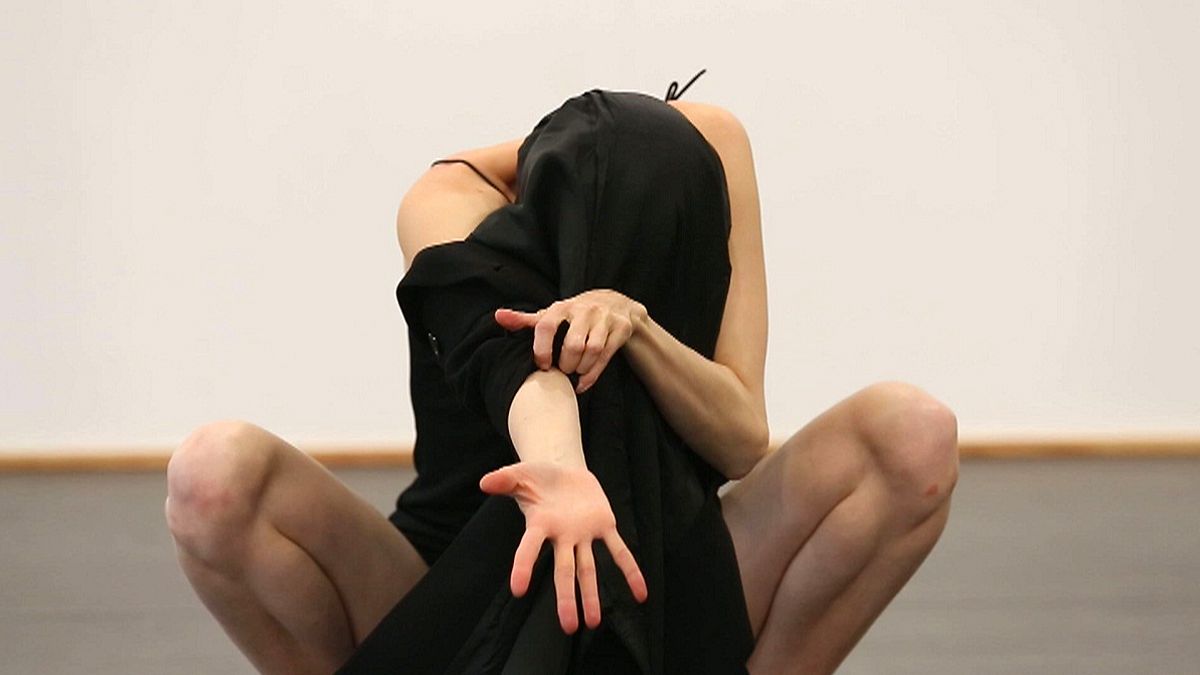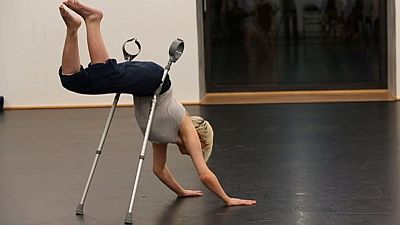In this edition of Generation Y we visit the Louvre in Paris seeking inspiration. We are in the company of a group of young choreographers who are creating a performance about the work of Hyeronimus Bosch.
It is not easy to find the paintings of the Dutch master in the cavernous rooms of the fabled museum. The reason is simple: there is only one, and thanks to its diminutive dimensions it is very discrete. Nevertheless, it sheds light on Bosch’s disturbing and absurd universe.
Dutch choreographer Jan Martens is inspired by the painter’s macabre perspective of the world: “We saw the Bosch, the Ship of Fools. This insanity is something I’m quite interested in, the grotesque gestures, the grotesque movements help me create my movement language for the piece.”
The collective of five European choreographers are cooperating to create pieces for the Bosch Project – five different interpretations of the various works of an artist who died almost 500 years ago.
Juan Dante Murillo discovered another motivating force in the painting: “What I worked with was the idea of excitement and how excitement and curiosity makes us move in life and makes us attempt different things. That’s the direction I took for the choreography.”
“Even though the scenes he depicts are quite monstrous, there is a really strong sense of humanity and vulnerability, of exposure. That really interests me,” added dancer Giorgia Nardin.
The venue for the rehearsal is La Briquette.
Directer Daniel Favier said finding the right contributers was essential: “The choice was rather to find artists who had a particular sensitivity to the works of Bosch and to give them free rein to improvise, to imagine something new in relation to their own writing and to the work of the painter.”
La Briqueterie, an old brick factory near Paris, was renovated to host artistic events. It is funded by a European Commission initiative. A new EU scheme, Creative Europe, provides provides funds to boost job creation in the arts and culture. The project at La Briqueterie, Métamorphoses combines choreography with a film inspired by the conversion of historic buildings.
Director Daniel Favier stresses its unique qualities as a site for the performing arts: “La Briqueterie was built in 1866. It’s said that when you dance in such an atmospheric space, you should have a feeling of what people did here. It’s really interesting to question values, work, and power through our buildings.”
“The variety is very interesting,” said Jan Martens. “All the participants here have a lot of knowledge, and have their own signature. So it’s interesting to get feedback from them to see how they would solve a problem or how they read the work.”
Daniel Favier also sees the benefits of collaborative endeavour: “The idea is that young Europeans get to know each other better and share their experiences, and then exchange knowledge about their countries, and are not inward-looking. That’s extremely stimulating for creativity.”
For more about the Bosch project from two other participating choreographers, Maxence Rey and Claire Cunningham, watch our bonus interview.
Generation Y stories continue on our social media pages.



